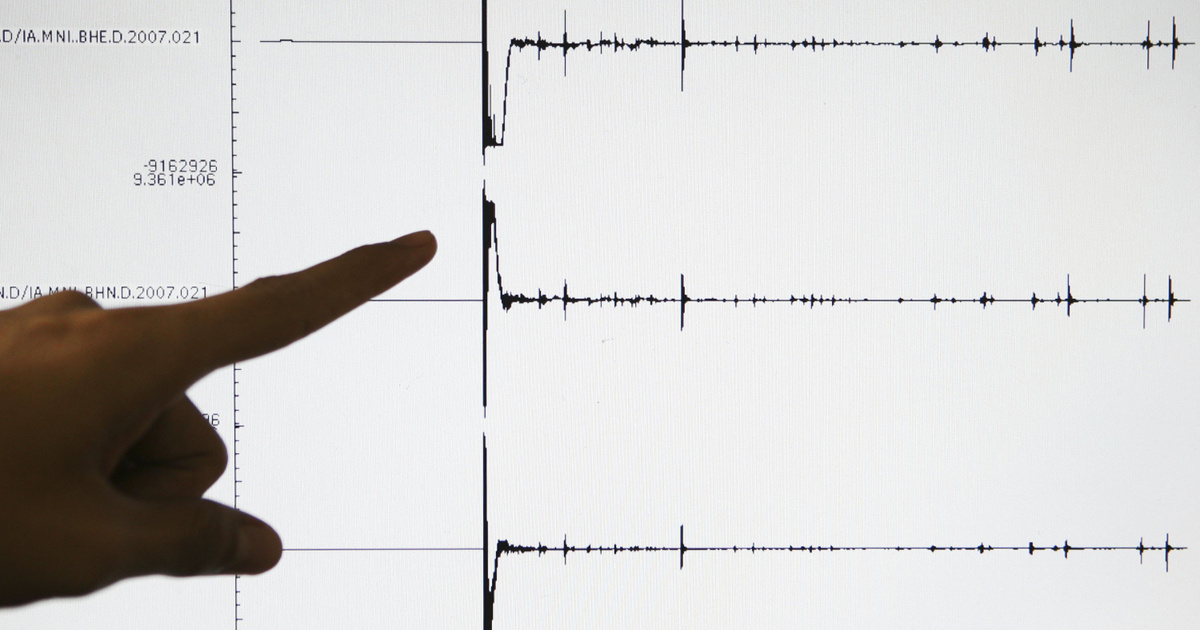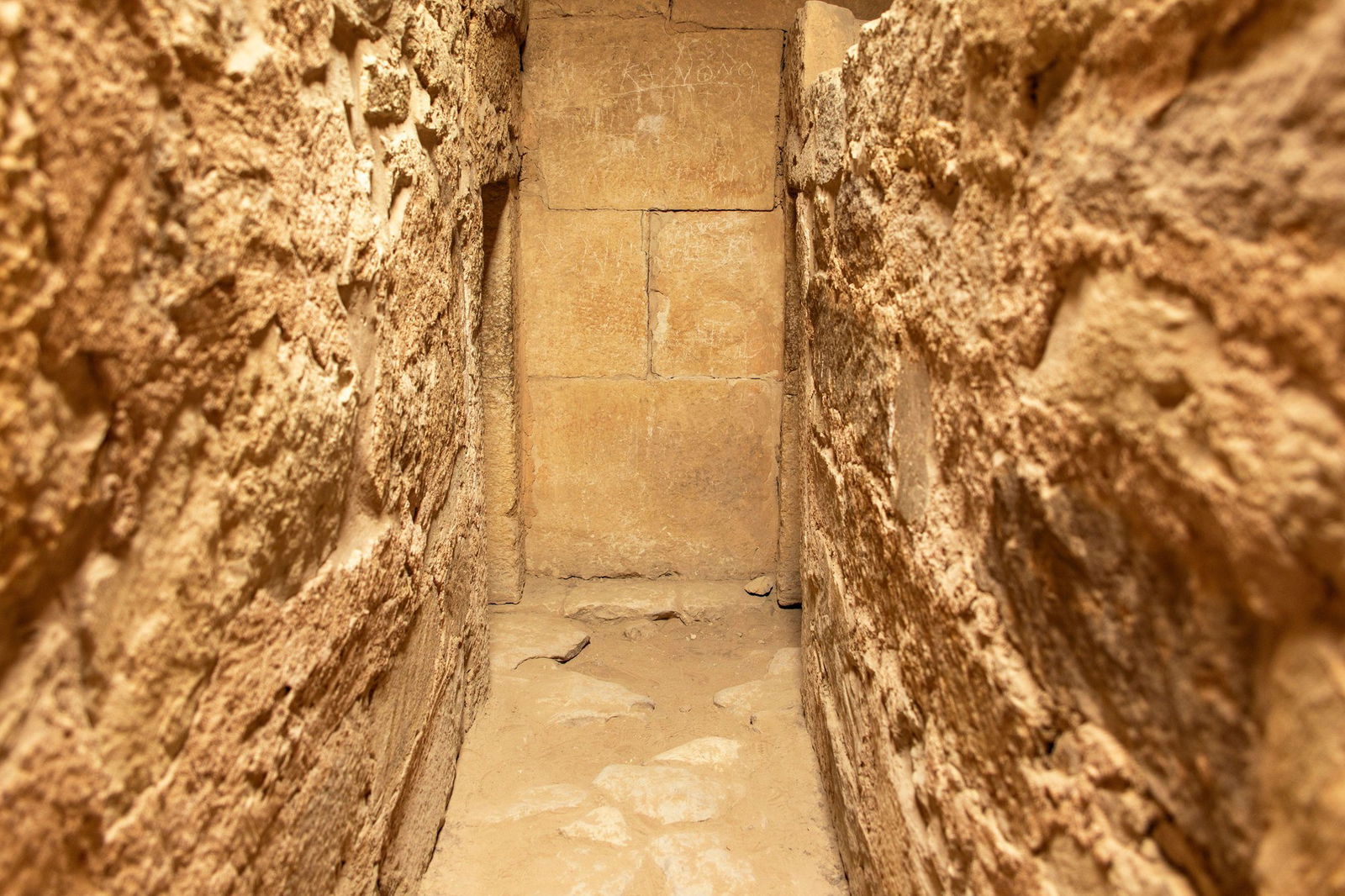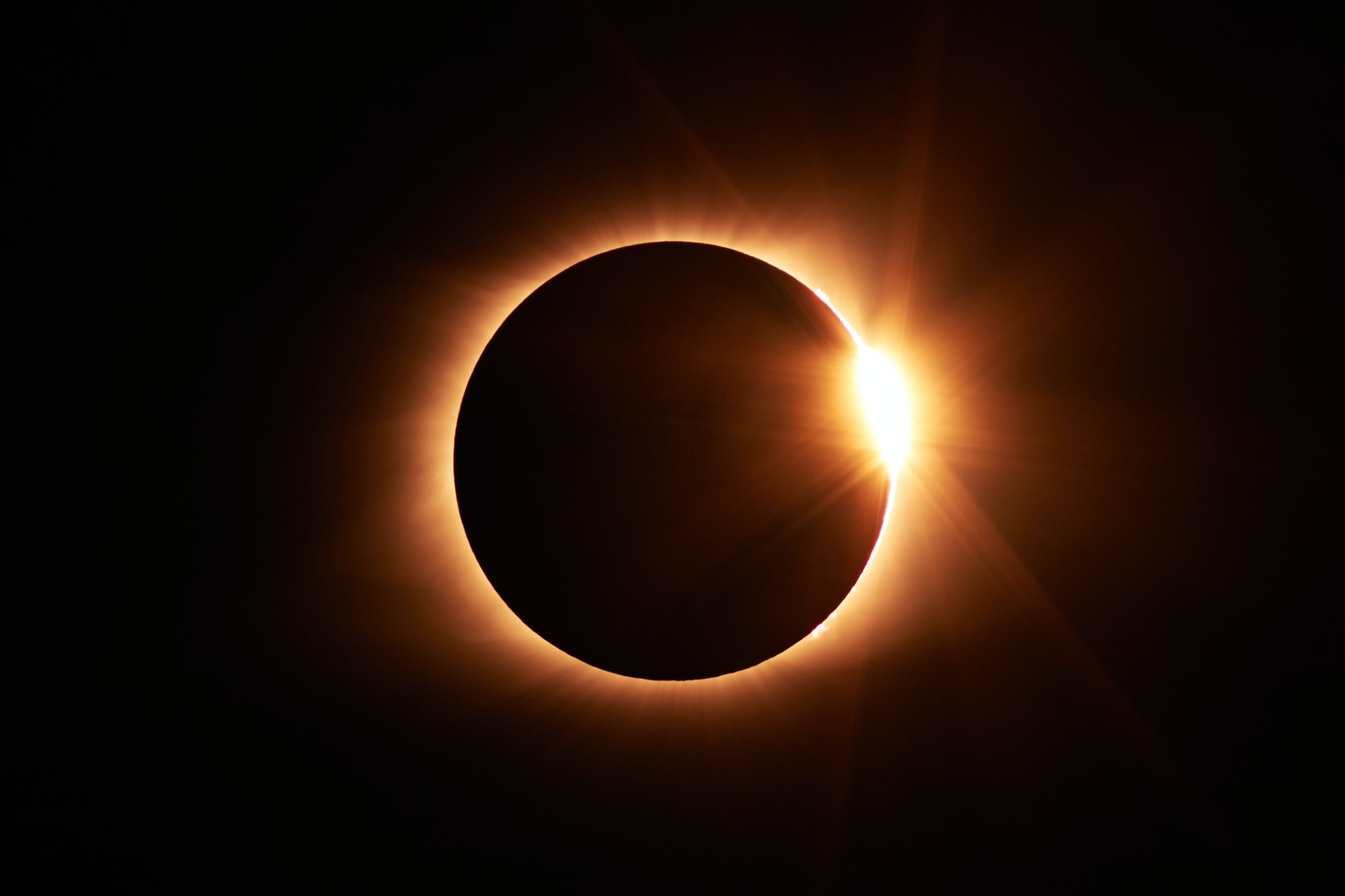From Monday on display at the Natural History Museum in London, a piece of a meteorite that crashed in February in Wincombe, Gloucestershire, accompanied by a huge phenomenon of light.
Based on numerous fireball videos and reports of thousands of eyewitnesses, researchers have been able to determine exactly where the meteorite debris fell in England, he writes. BBC News.
The largest piece collected in the Winchcombe area comes from the land of Victoria Pond, a local resident. This piece weighing about 100 grams can be seen in the Natural History Museum in London, which managed to collect many other pieces of the meteorite, a total of about 500 grams of debris. The finds are stored in a special box to keep them dry.
Most of the charred rocks come from a family lane of the Wilcock family who live in Winckcombe. Wilcox carefully collected the samples, then museum researchers wiped down the remaining powder with a toothbrush and an empty carton of cream cheese. The plastic hardware in question is now part of the British National Collection and will soon join, along with a piece from the Family Passage, the piece on display in the museum.
They’re currently giving out staggering sums online for pieces of the Winchcombe meteorite, but the family insisted that the debris they collect goes to a museum and inspires young people to choose a scientific career for themselves.
It’s the first time in thirty years in an island nation that a meteorite has been spotted and then its pieces collected. In addition, the finds found are among the rare carbonaceous chondrites, and these are the “building blocks of the solar system”.
According to the British Fireball Alliance, the meteor penetrated the Earth’s atmosphere over Britain on February 28, and the bright phenomenon was also observed in Iceland and the Netherlands.
Especially bright meteors are called fireballs. Usually these rocks pass through space at a high speed. When it enters the Earth’s atmosphere, it encounters resistance and slows down, so the heat and heat generated make this phenomenon visible in the night sky.
According to a video clip, the rock sped at a speed of 48 thousand kilometers per hour. The recordings also made it possible to reconstruct the original orbit around the Sun: the object would have traveled between Mars and Jupiter.
Specialists conduct a number of studies on meteorite fragments, among other things, to find out their mineral composition.
(BBC/MTI)












































